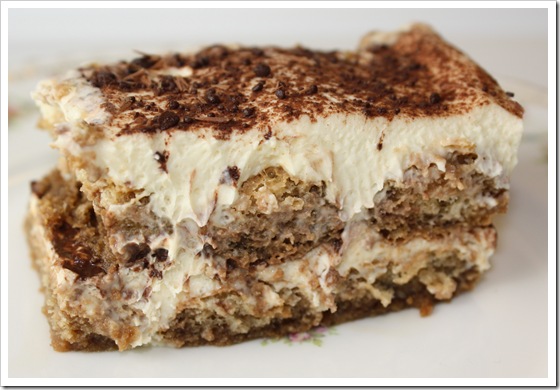 Without a doubt, this is the very best Tiramisù
Without a doubt, this is the very best Tiramisù
I’ve ever eaten. Bar none.
It had been some years since I’d made Tiramisù, using an old recipe that I’d put together myself from about 3 different versions. Then I was watching America’s Test Kitchen last week and they made a rather simplified Tiramisù, and I was hooked. Had to try it. Caution: this recipe does have raw egg yolks in it, so if you’re interested in the version made without raw eggs, America’s Test Kitchen has that recipe too. A note: you do have to sign-in to a free ATK membership in order to view these recipes (so they can send you emails, most likely, which they do, but I like receiving most of them – except the two a week wanting me to subscribe to Cook’s Country – wish they would stop sending me that one – I’ve asked – no can do, I guess).
I suppose, from beginning to end, it took me about an hour to make it. Not too bad, I guess, although I thought it would take less than that. This recipe has a lot more mascarpone in it (1 1/2 pounds) than I’ve used before. But I sure learned exactly how to dip the savoiardi cookies – those are the Italian, dry ladyfingers used to make this dessert. Not the soft ones you can sometimes find at the grocery store.
That's how much coffee was left over
Even though I’m a fairly experienced home cook, and tackle almost anything, I’d never known HOW to get just the right amount of coffee into the cookies/the dessert. Too much and they fall apart into wet mush. Too little and the dessert is dry. You want a happy mixture of the cookies, coffee and mascarpone cream. That’s what I like about America’s Test Kitchen – they figure all this out for me so I don’t have to guess. They showed us exactly how to hold the cookie and how long to dip and turn it over in the coffee mixture. When I got done I had exactly one cookie left over and a little bit of coffee, so I dipped it in and bit into it. Exactly how it’s supposed to be – you only dip about 2 seconds, maybe 3 at the absolute most to get the coffee on the outside. When you cut (bite) into it, the center of the cookie is still dry. At least it was when I made the dessert. After it sits for 24 hours, the cookies had perfectly absorbed the flavors, but it wasn’t soggy with coffee, nor had it fallen apart. They still had enough “form” to use a spatula to cut and remove a nice serving portion.
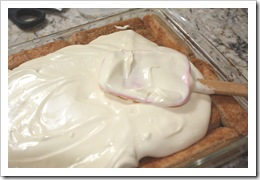 The mascarpone batter was easy – eggs and sugar – some rum (rum was also added to the coffee dipping mixture too), the mascarpone and whipped cream. So, you dip the cookies in the coffee/rum mixture, put one layer in a 9×13 glass dish, slather on half of the mascarpone cream (picture at left shows spreading the first layer over the cookies), sprinkle with a bit of Dutch process cocoa, another layer of dipped cookies and the last half of the mascarpone and more cocoa. That’s it. Chill at least 6 hours, but 24 is preferable. That was fine with me, so I got this dessert done a day ahead of our dinner party the other night. Just before serving I sprinkled the top with a bit of chopped semisweet chocolate shavings.
The mascarpone batter was easy – eggs and sugar – some rum (rum was also added to the coffee dipping mixture too), the mascarpone and whipped cream. So, you dip the cookies in the coffee/rum mixture, put one layer in a 9×13 glass dish, slather on half of the mascarpone cream (picture at left shows spreading the first layer over the cookies), sprinkle with a bit of Dutch process cocoa, another layer of dipped cookies and the last half of the mascarpone and more cocoa. That’s it. Chill at least 6 hours, but 24 is preferable. That was fine with me, so I got this dessert done a day ahead of our dinner party the other night. Just before serving I sprinkled the top with a bit of chopped semisweet chocolate shavings.
From this picture above (side view of the Pyrex dish) I can see that on the bottom layer I didn’t push and shove the tender soaked cookies tightly enough over on the right– they mentioned that on the ATK episode, about making sure the cookies are pressed snugly, to push a bit to fill in all the nooks and crannies. So I had a little dip there. Surely didn’t matter to the taste, though!
Results? By far the best tiramisu I’ve ever had. I would make not one change to this recipe. It will now be my go-to one for this coffee and chocolate dessert. The leftovers were sublime, even 48 hours later.
printer-friendly PDF
Tiramisù (from America’s Test Kitchen)
Recipe: America’s Test Kitchen
Servings: 12-16
NOTES: Brandy and even whiskey can stand in for the dark rum. The test kitchen prefers a tiramisù with a pronounced rum flavor; for a less potent rum flavor, halve the amount of rum added to the coffee mixture in step 1. Do not allow the mascarpone to warm to room temperature before using it; it has a tendency to break if allowed to do so. Be certain to use hard, not soft ladyfingers. If you do a little smaller portions, you can probably get 15 or 16 servings from the one 9×13 pan.
2 1/2 cups strong black coffee — room temperature [I use decaf]
1 1/2 tablespoons instant espresso powder — [I use decaf coffee granules]
9 tablespoons dark rum
6 large egg yolks
2/3 cup sugar
1/4 teaspoon table salt
1 1/2 pounds mascarpone cheese
3/4 cup heavy cream — (cold)
14 ounces savoiardi (Italian dry ladyfingers) — (42 to 60 preferably depending on size)
3 1/2 tablespoons cocoa — Dutch-processed
1/4 cup semisweet chocolate — grated (optional) or use bittersweet
1. Stir coffee, espresso, and 5 tablespoons rum in wide bowl or baking dish until espresso dissolves; set aside.
2. In bowl of standing mixer fitted with whisk attachment, beat yolks at low speed until just combined. Add sugar and salt and beat at medium-high speed until pale yellow, 1 1/2 to 2 minutes, scraping down bowl with rubber spatula once or twice. Add remaining 4 tablespoons rum and beat at medium speed until just combined, 20 to 30 seconds; scrape bowl. Add mascarpone and beat at medium speed until no lumps remain, 30 to 45 seconds, scraping down bowl once or twice. Transfer mixture to large bowl and set aside.
3. In now-empty mixer bowl (no need to clean bowl), beat cream at medium speed until frothy, 1 to 1 1/2 minutes. Increase speed to high and continue to beat until cream holds stiff peaks, 1 to 1 1/2 minutes longer. Using rubber spatula, fold one-third of whipped cream into mascarpone mixture to lighten, then gently fold in remaining whipped cream until no white streaks remain. Set mascarpone mixture aside.
4. Working one at a time, drop half of ladyfingers into coffee mixture, roll, remove, and transfer to 13 by 9-inch glass or ceramic baking dish. (Do not submerge ladyfingers in coffee mixture; entire process should take no longer than 2 to 3 seconds for each cookie.) Arrange soaked cookies in single layer in baking dish, breaking or trimming ladyfingers as needed to fit neatly into dish.
5. Spread half of mascarpone mixture over ladyfingers; use rubber spatula to spread mixture to sides and into corners of dish and smooth surface. Place 2 tablespoons cocoa in fine-mesh strainer and dust cocoa over mascarpone.
6. Repeat dipping and arrangement of ladyfingers; spread remaining mascarpone mixture over ladyfingers and dust with remaining 1 1/2 tablespoons cocoa. Wipe edges of dish with dry paper towel. Cover with plastic wrap and refrigerate 6 to 24 hours. Sprinkle with grated chocolate, if using; cut into pieces and serve chilled.
Per Serving (if you cut 16 pieces, calorie count will go down, obviously): 510 Calories; 36g Fat (66.2% calories from fat); 7g Protein; 35g Carbohydrate; 1g Dietary Fiber; 205mg Cholesterol; 157mg Sodium.
A year ago: Zucchini Pancakes




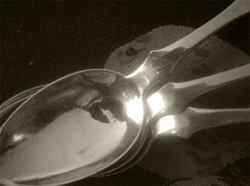
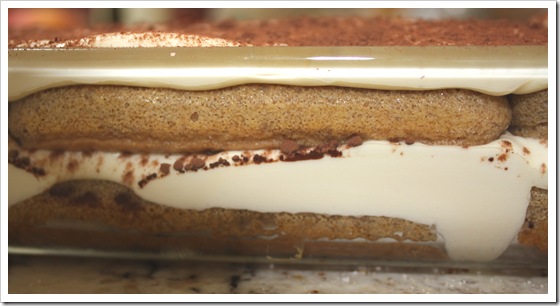

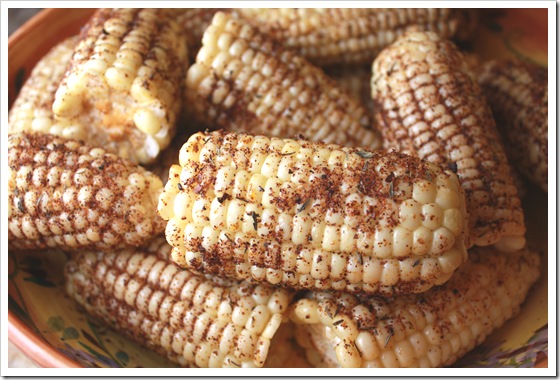
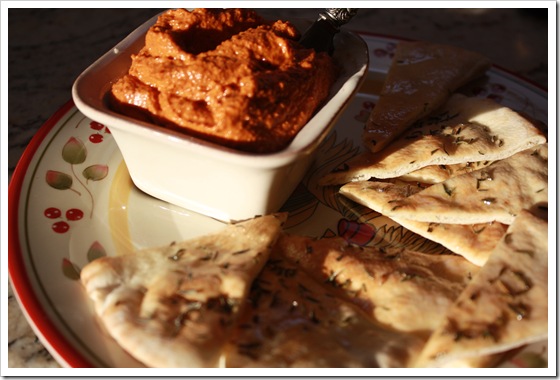
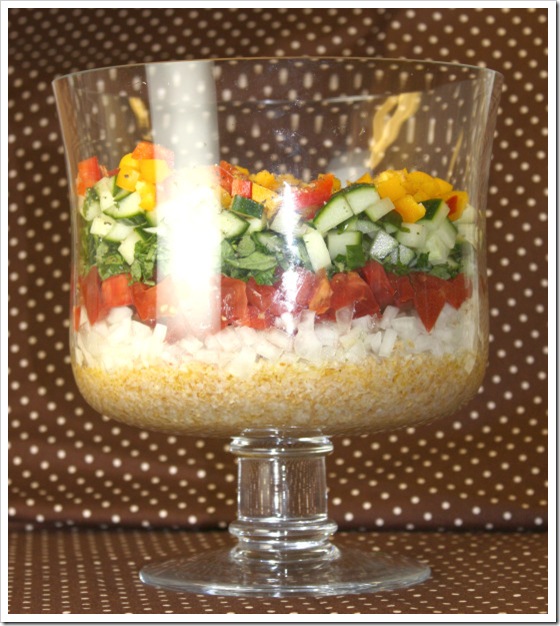


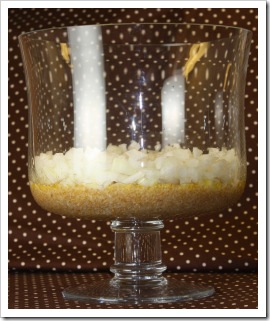
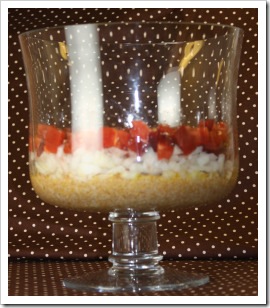
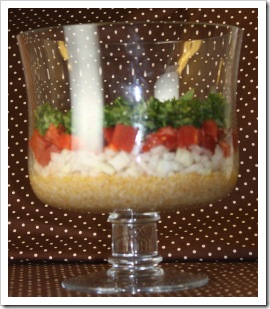
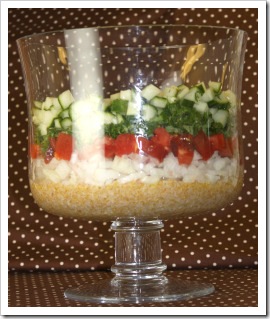
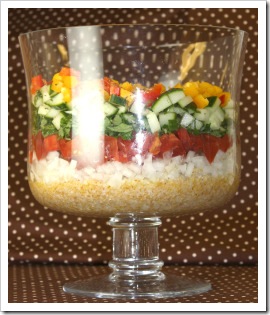
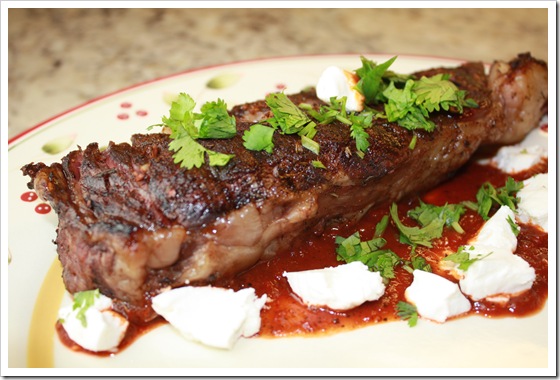
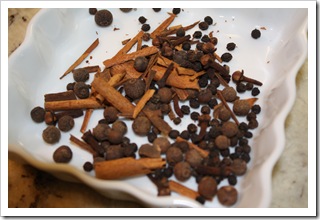
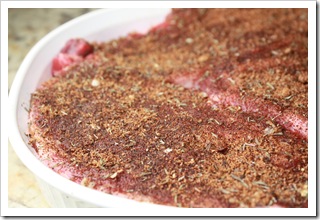
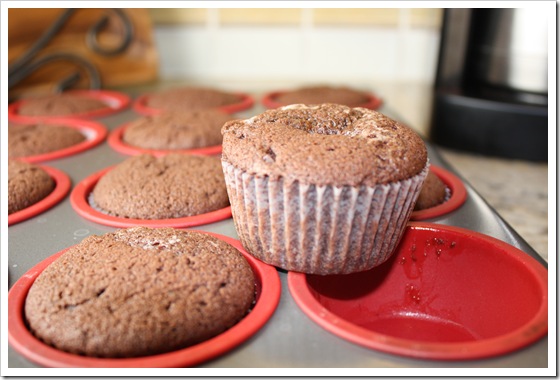





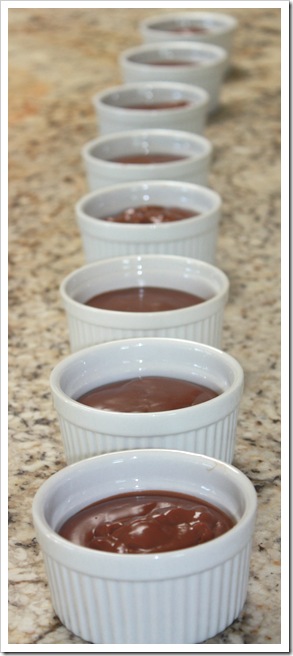
Leave a Comment!